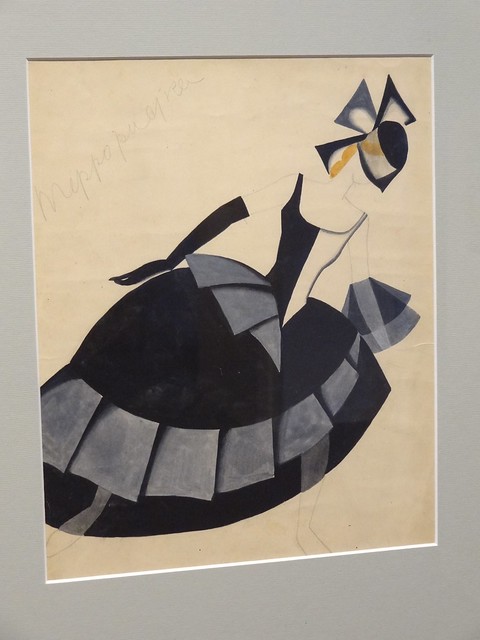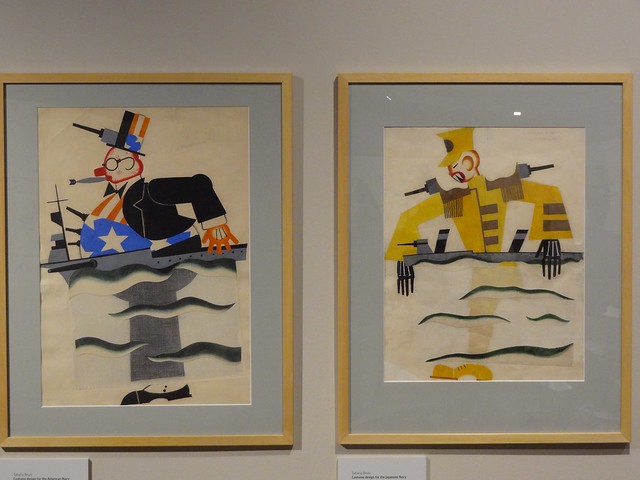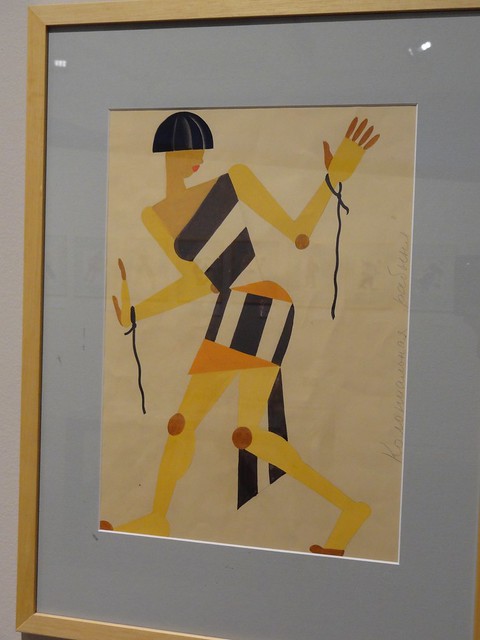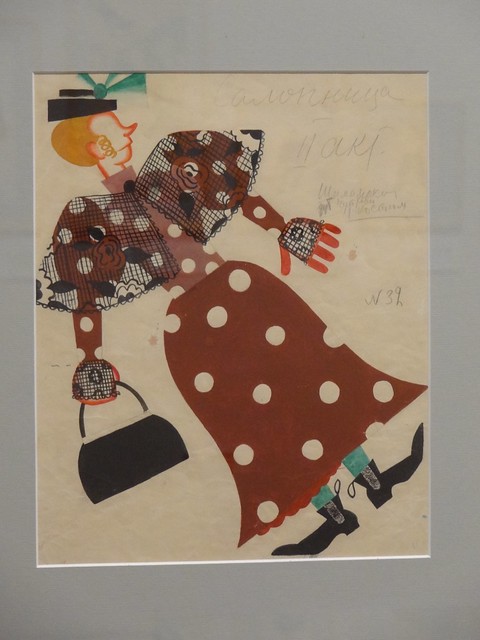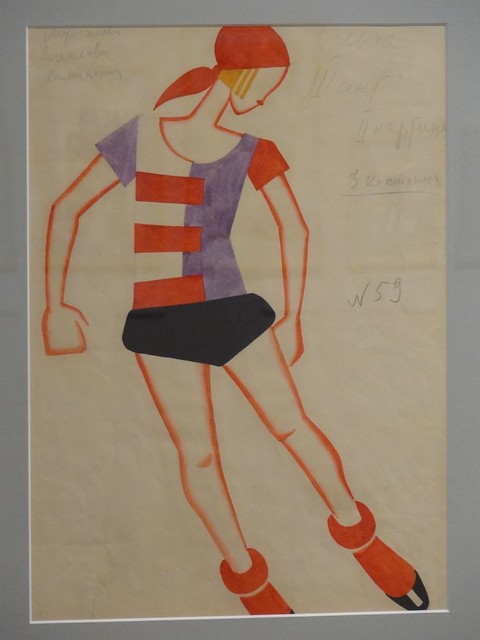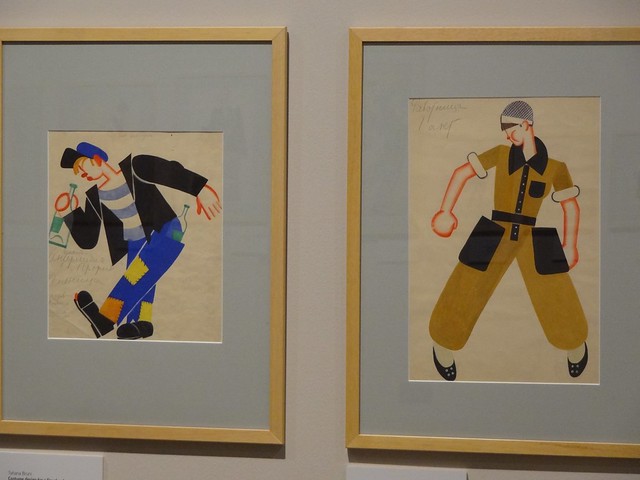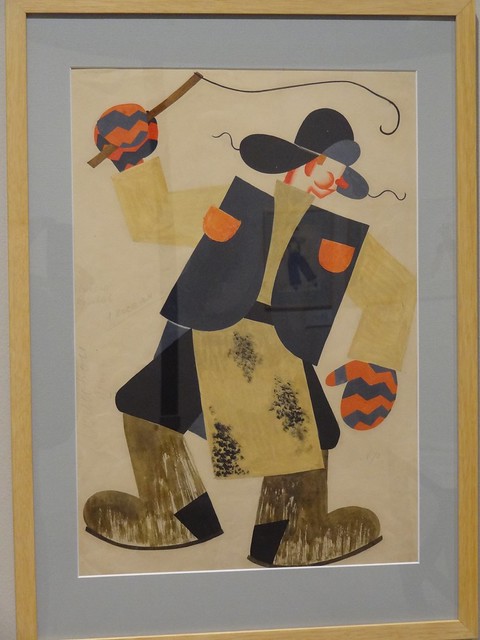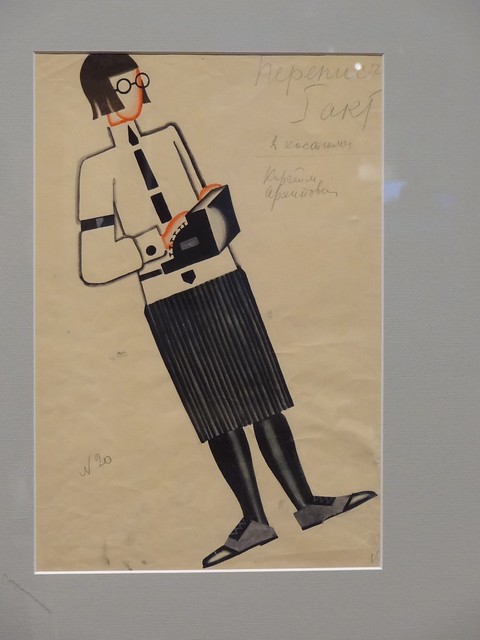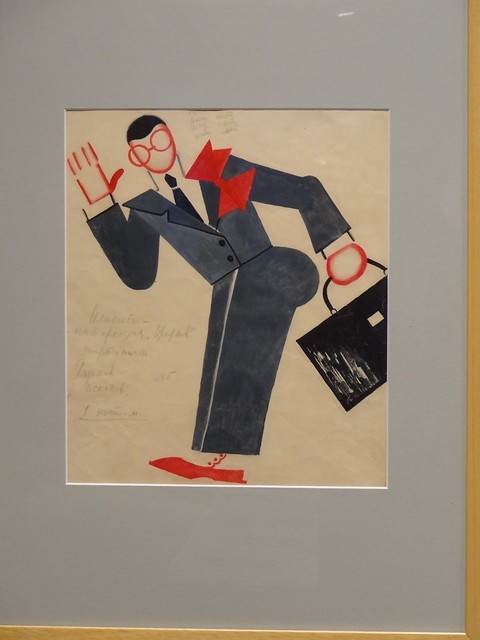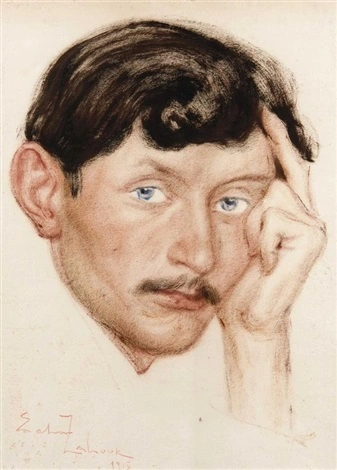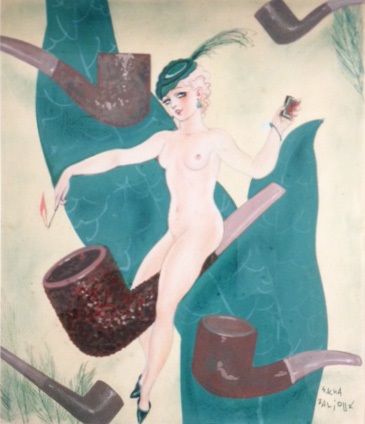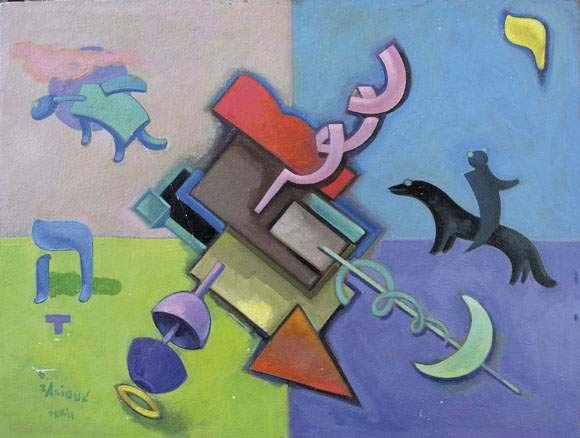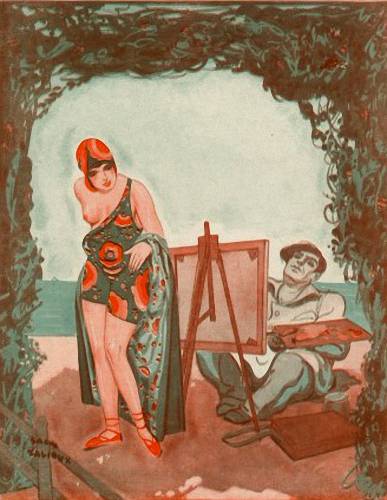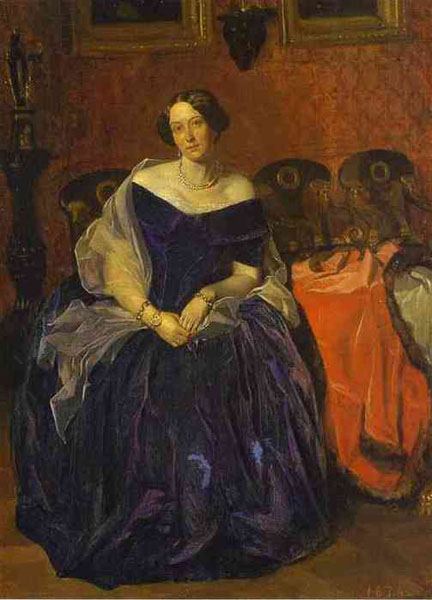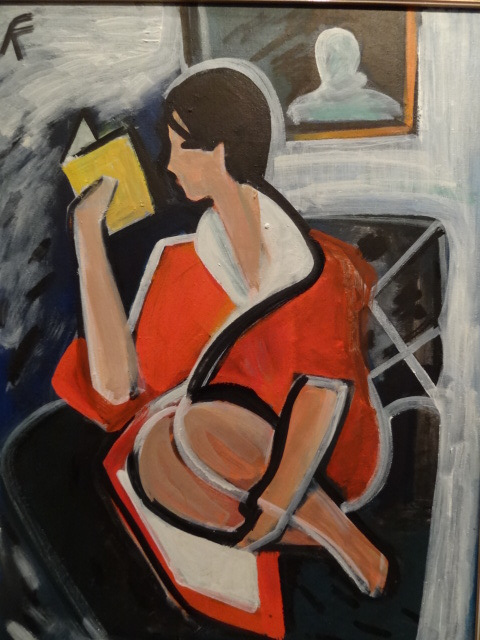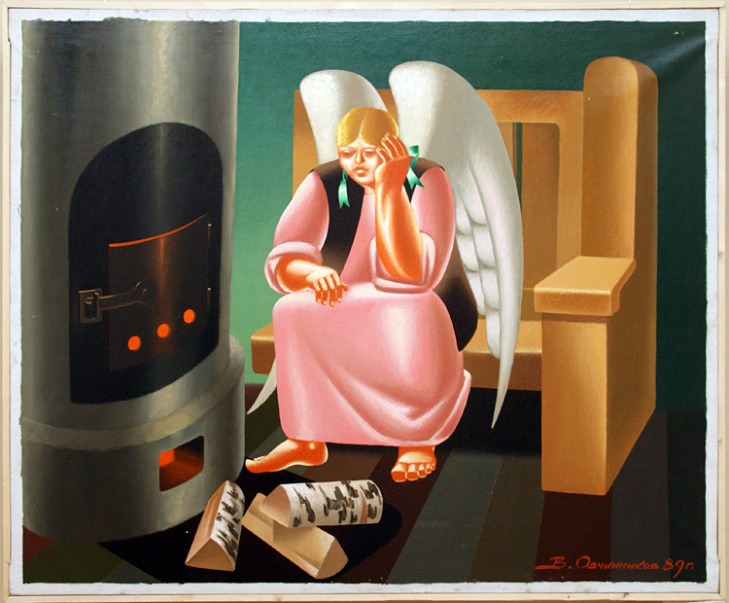Pavel Fedotov (1815 – 1852) was born in a poor family, and in his youth was handed over to the Moscow cadet corps. Upon finishing his training there, he entered service in the Finland guard which at the time was quartered close to the St Petersburg Academy of Arts. Even while a cadet, he had shown promise at drawing; his skill was so impressive that he was allowed to take evening classes in art at the Academy from 1834 onwards. Ten years later, he resigned his military job and became a full-time artist.

Portrait of Nadezhda Zhdanovich at the fortepiano. (1849).
Fedotov painted sympathetic pictures of his friends, and scenes of the guardsman’s life, but his especial interest was in domestic art, and in 1848 was titled the master of the art of the home. His paintings on the theme of Russian society are marked by a delicate irony and drama. But fame and recognition were fleeting because of his association with the Petrashevists, for which he was criticised and attacked. In 1852, this led to a mental breakdown, which shortly thereafter resulted in his death.
The Portrait of Nadezhda Zhdanovich at the fortepiano, which Fedotov executed in 1849, shows the fourteen year old sister of Pavel Zhdanovich, a friend of the artist. The Zhdanoviches were a large, close-knit family living at the corner of the 7th line of the Vasiliyev Island, and all of them willingly posed for Fedotov. For instance, there is an earlier painting of Nadezhda in a red dress. This painting above was made at a time when women were being educated at the Imperial Educational Society for Noblewomen at the Smolny Institute. It is known that she subsequently married A. I. Werner, an officer in the Finland guards, and lived till 1915. All that time, she carefully preserved letters, poems and drawings by Fedotov. In 1912, when she was 76 years old, she donated the archive to the Russian Museum. The archive included the painting above.
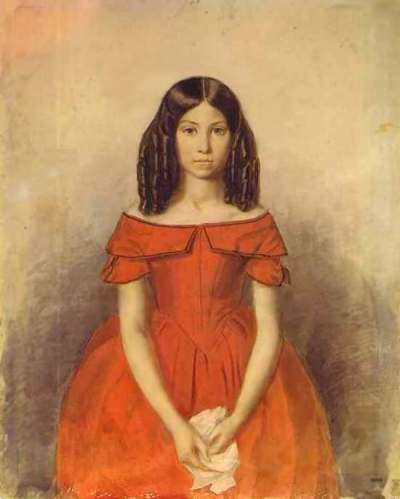
Portrait of Nadezhda Zhdanova in childhood. (1846-47).
Fedotov painted portraits of his colleagues and close friends throughout his creative life, and because they depict people dear to the artist, it is impossible not to feel all the love and warmth that characterizes his work. He himself very clearly disassociated himself from the portraits painted to order by other painters, because very often there was a certain artificiality and excessive idealization of the model. “Is it possible to capture the soul of a person who has come to you for the sole purpose of having a portrait painted of him?” he said. In his works, Fedotov, on the other hand, tried to create a simple home environment, surrounding the subject with objects that are precious to her, and strove to ensuring that her pose remained natural and relaxed. As a result Fedotov’s portraits are filled with intimacy and character.
All these features of Fedotov’s art are captured completely in the image of Nadezhda Zhdanova. The artist has successfully limned the slight turn of the figure which faces the viewer as it slides its fingers over the keyboard. The modest dress emphasises the ordinariness of the scene, and the simple background with no room for anything extraneous, only serves to reinforce the impression of quotidian life.

Portrait of Elizaveta Zhdanovich. (1846).
On the light gold coloured wall the silhouette of the girl stands out particularly clearly – soft, supple and graceful. A confident and dynamic painting technique is evident in the intimate portrait; the background is worked in with vigorous and energetic strokes; the head, like one in a miniature painting, is delineated clearly, with all the features of the hair clear, and with a marked emphasis on the clear, open and peaceful expression on Nadezhda’s face. Her back bends in consonance with that of the chair, while the sound of the plinking piano is audible in the smooth movement of her hands, while her shadow on the wall provides an illusion of space. The bright palette with a predominance of white, light blue, yellow and brown is perfectly in tune with the feminine and delicate feature of the girl. Warmth of perception is achieved by the soft artistic lighting that envelops all that’s visible here. In short, the portrait is filled with completeness and charm, which it achieves in its simplicity and elegance.
Despite the undoubted merits of Fedotov’s works, many of his contemporaries never missed an opportunity to accuse him of dilettantism and technical shortcomings in his paintings. For example, in the portrait above, Nadezhda’s left arm appears shorter than the right; the fortepiano is painted, it seems, from a more elevated point of view, which gives the impression that it is not flush with the wall, but rather penetrates it. Most likely, this is due to the fact that the artist painted the piano and the pianist’s hands not at the time of the sitting, but much later, from memory. Be that as it may, these errors do not detract from the charm in Fedotov’s portrait, but bring to mind a special vision of the world, which at the time was still to be discovered in the future, by impressionists – a vision that Fedotov could already glimpse, anticipating the coming generation of artists and sensitively divining their new artistic codes.
(Taken from Antiquities of Petersburg: Portrait of Nadezhda Zhdanova at the fortepiano. Pavel Fedotov.)




